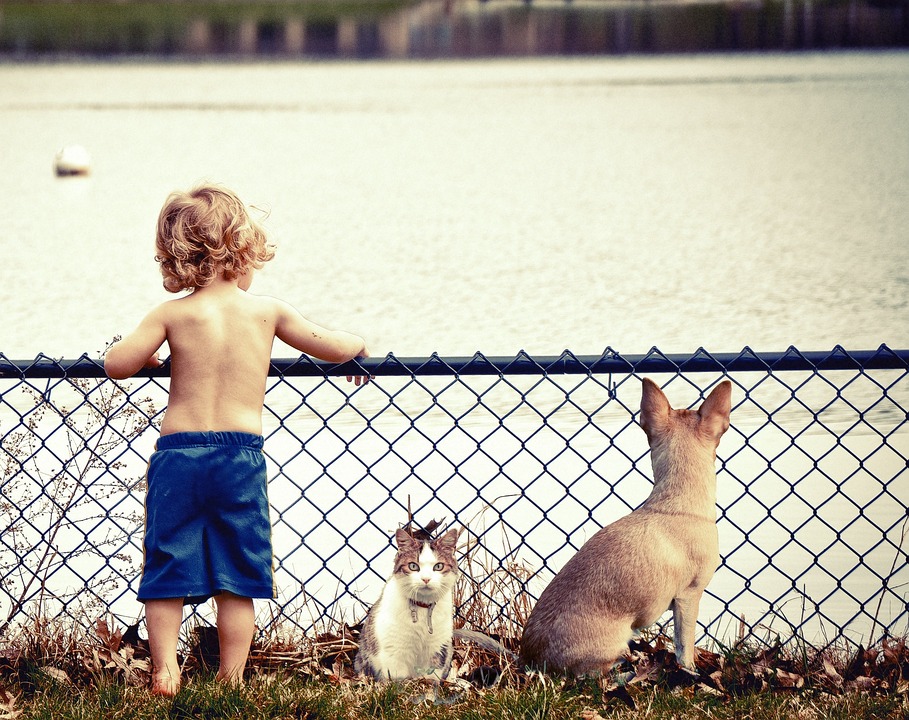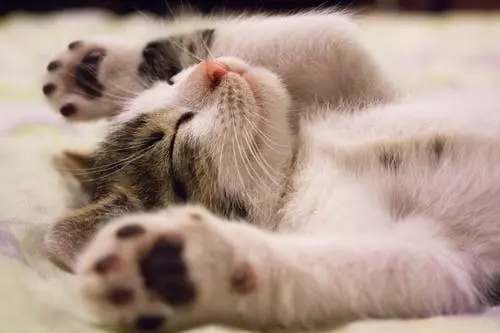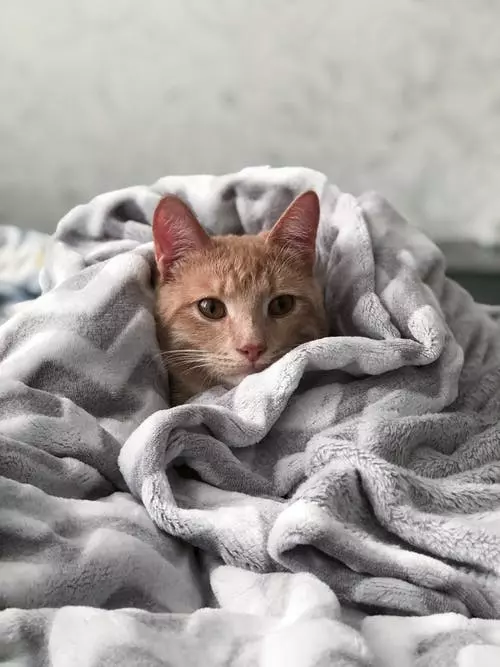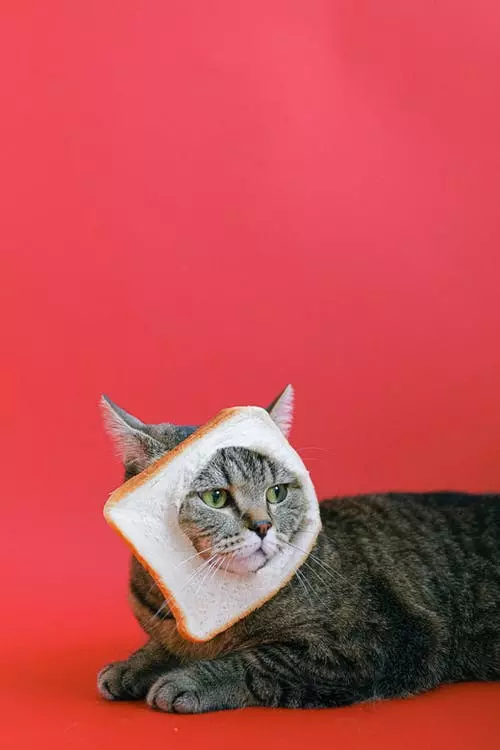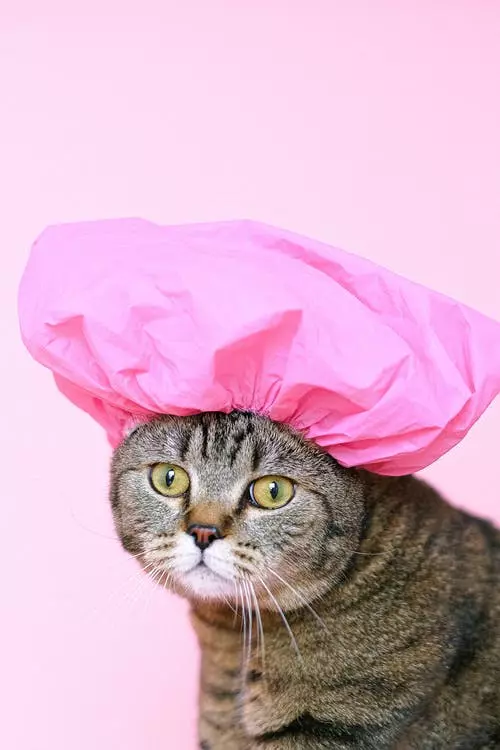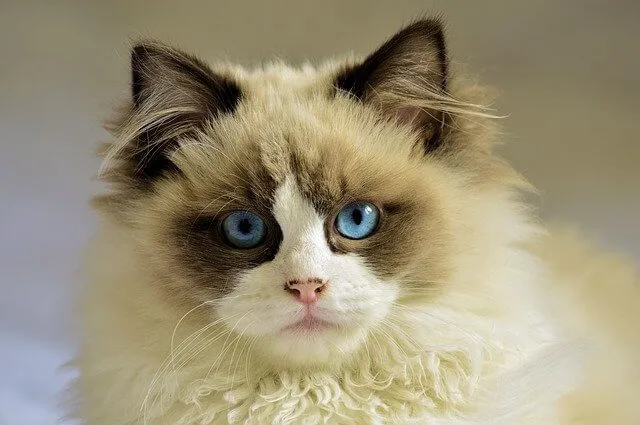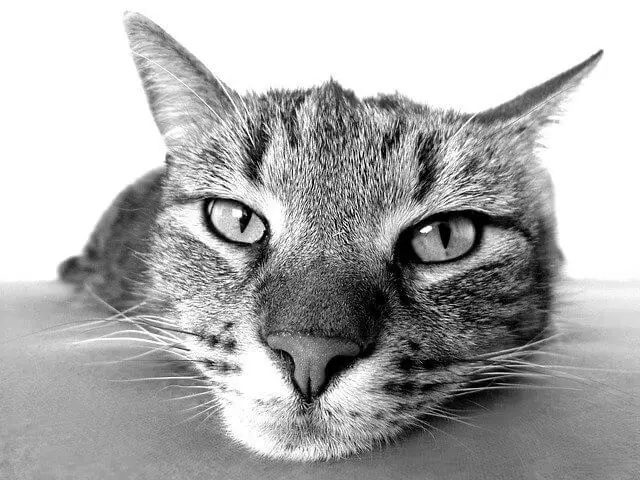Cats are fascinating creatures with unique behaviors, and one behavior that many cat owners encounter is their tendency to paw at the water bowl. In this article, we will delve into the reasons behind this behavior and provide insights on how to react appropriately. Additionally, we will address frequently asked questions to ensure a comprehensive understanding of your cat’s water bowl pawing behavior.
One of the main reasons why cats paw at their water bowl is instinctual behavior. There are two main aspects to this instinctual behavior. Firstly, cats have an innate hunting instinct, and pawing at the water bowl mimics their natural instinct to catch fish or prey in the wild. It is a way for them to practice their hunting skills. Secondly, cats might be testing the water source by pawing at it. They could be testing the surface tension or freshness of the water, ensuring it’s suitable for consumption.
Another reason why cats paw at their water bowl is their preference for moving water. Cats are often drawn to moving water due to their evolutionary preference for fresh water sources like streams or rivers. The movement and sound of water can provide sensory stimulation, making it more enticing for your feline friend.
Pawing at the water can also be a form of playful behavior for cats. It can be a source of entertainment, especially if they enjoy splashing or watching the ripples. Some cats may paw at the water bowl to engage their owners, seeking attention and interaction.
Now that we understand the reasons behind this behavior, let’s discuss how to react appropriately. One way to address your cat’s preference for moving water is to provide alternative water sources. Consider investing in a cat water fountain that provides a continuous flow of water, satisfying their preference for moving water. Additionally, you can set up multiple water bowls around the house, allowing your cat to choose their preferred location.
It is also crucial to maintain fresh and clean water for your cat. Cats can be sensitive to the taste and smell of stagnant water. Ensure fresh water is available by changing it at least once or twice a day. Furthermore, wash your cat’s water bowls regularly to prevent the buildup of bacteria or residue that might deter them from drinking.
Engaging your cat in other activities can also help redirect their attention away from the water bowl. Provide interactive toys that engage their hunting instincts, redirecting their playful behavior. Set aside dedicated playtime with your cat to fulfill their need for mental and physical stimulation, reducing their focus on the water bowl.
Now, let’s address some frequently asked questions regarding this behavior. Firstly, it is normal for cats to paw at their water bowl. It can be attributed to their hunting instincts, preference for moving water, or simply seeking attention. However, if your cat constantly paws at the water bowl or shows signs of distress, it is advisable to consult a veterinarian to rule out any underlying health issues.
While it might be challenging to completely eliminate this behavior, providing alternative water sources and engaging your cat in other activities can help redirect their attention away from the water bowl. Remember, observing your cat’s behavior and consulting with a veterinarian when needed is crucial for a happy and healthy feline companion.
In conclusion, understanding your cat’s water bowl pawing behavior is essential for maintaining their overall well-being. By recognizing the reasons behind this behavior and implementing appropriate strategies, such as providing alternative water sources and engaging your cat in other activities, you can ensure they remain mentally stimulated and satisfied.

